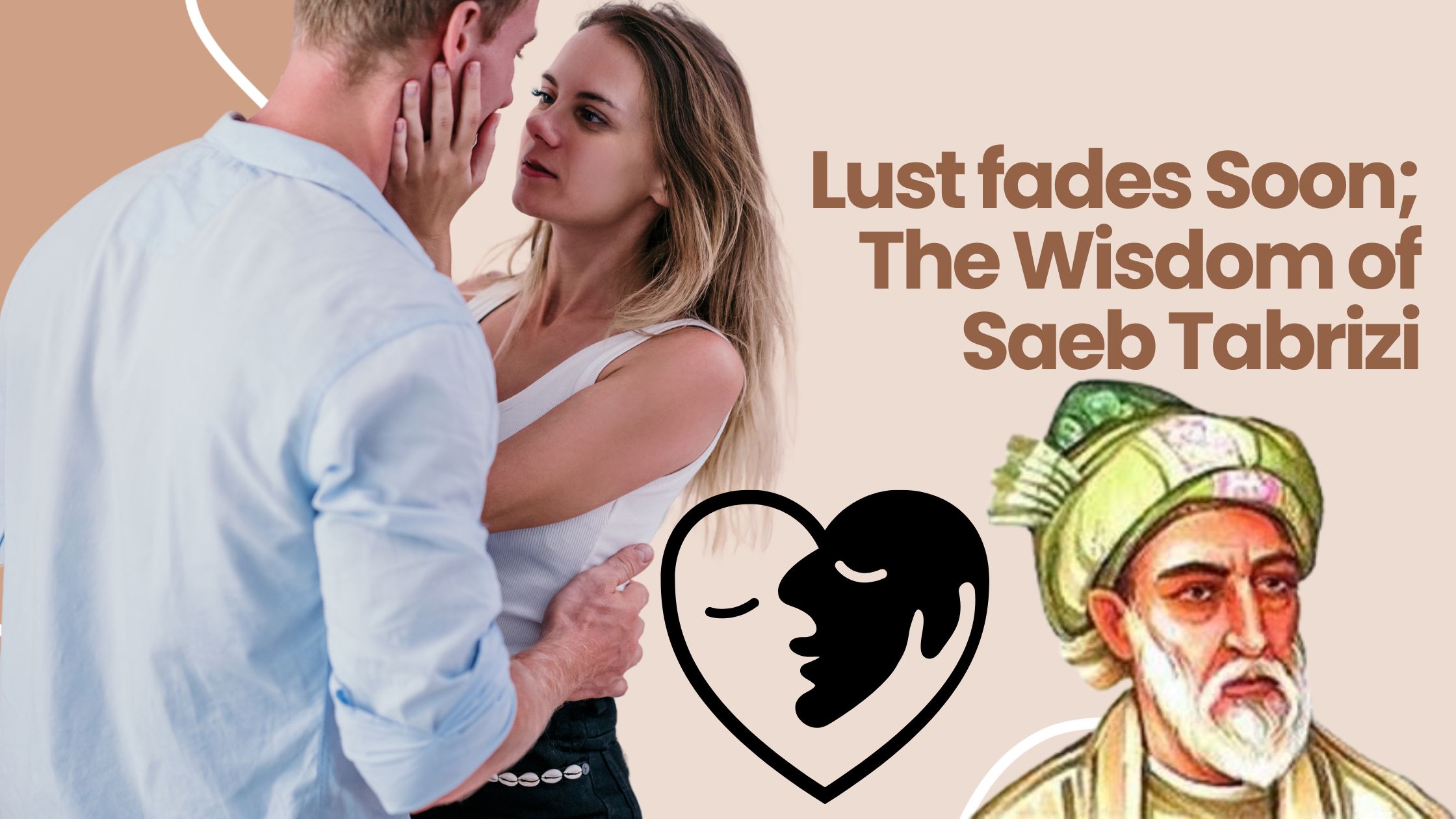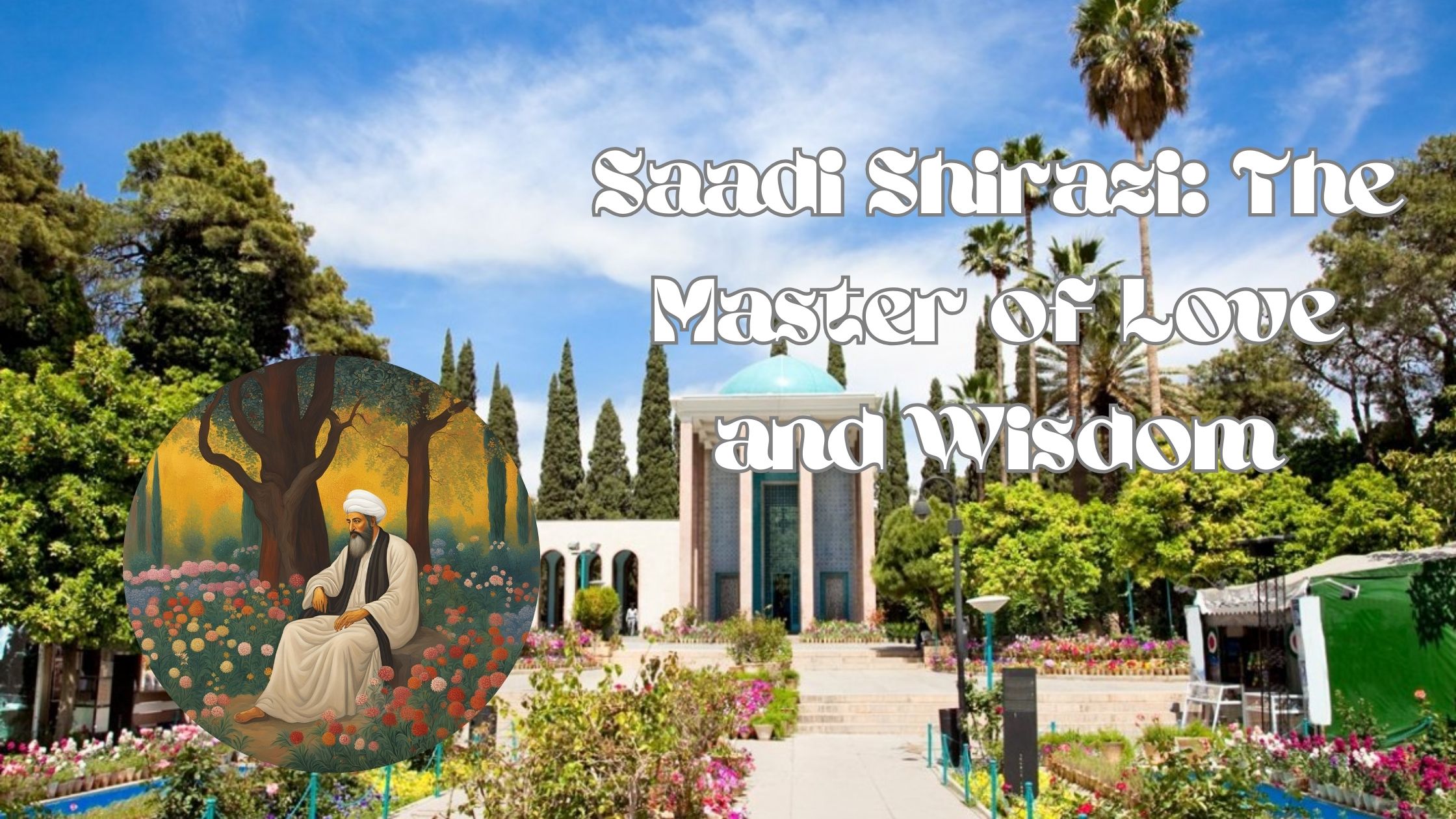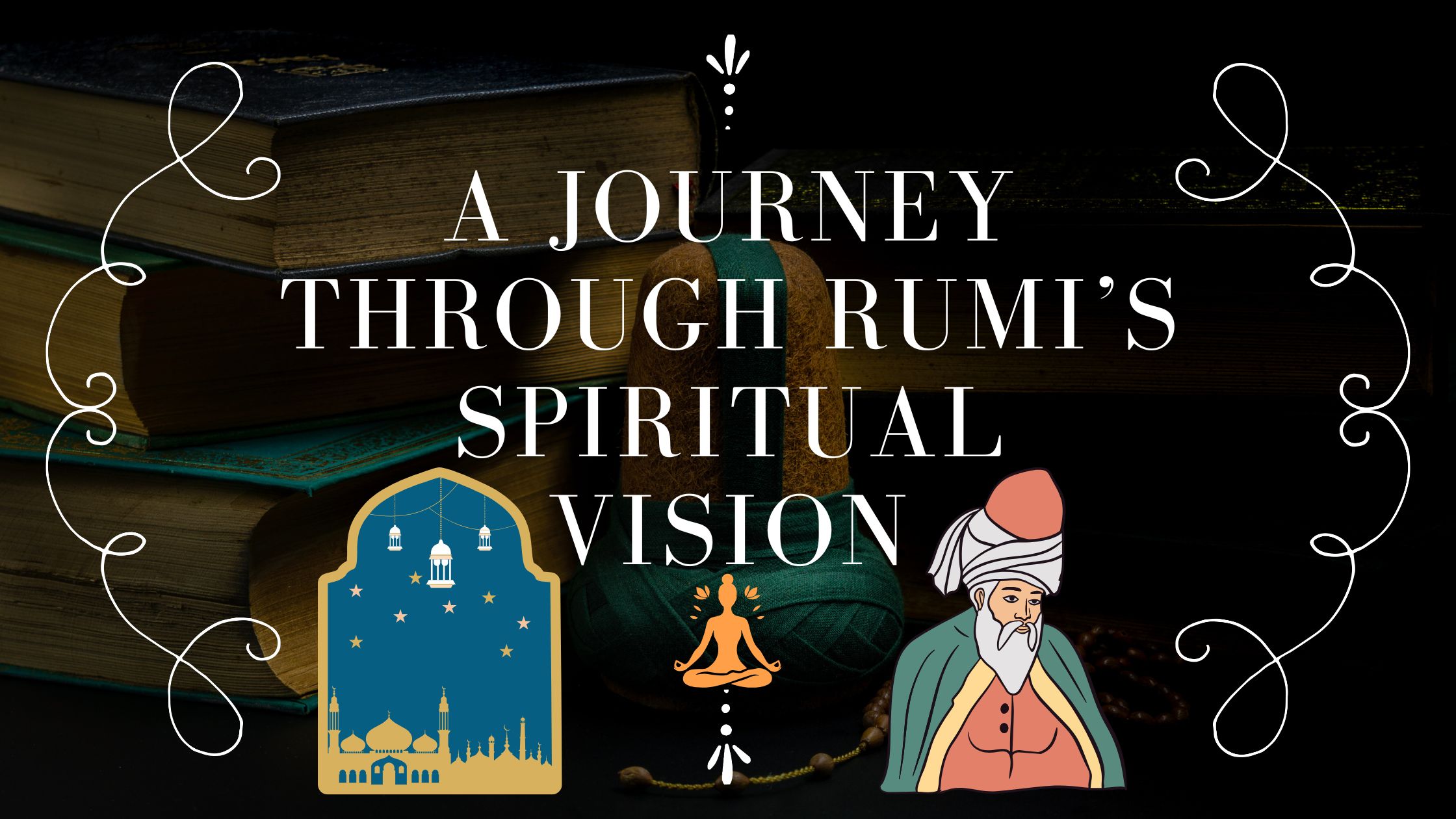Saeb Tabrizi, a renowned 17th-century Persian poet, is celebrated for his philosophical depth and ability to encapsulate profound ideas in concise, impactful verses. The couplet below reflects his mastery of metaphor and his ability to comment on human nature with remarkable clarity.
Translation of Saeb Tabrizi's Poem
Original Persian:
یک ساعت است گرمی هنگامهٔ هوس
زود از سر حباب هوا میرود برون
Translation:
The fervor of desire lasts but an hour,
Soon, it escapes the bubble of illusion.
The Ephemeral Nature of Desire
In just two lines, Saeb conveys a timeless truth about the fleeting nature of worldly passions and desires. The "fervor of desire" is compared to the warmth of a temporary commotion—a metaphor for the intensity and fleetingness of human cravings. Saeb reminds us that what seems overwhelming and all-consuming at the moment often dissipates as quickly as it arises.
"The fervor of desire lasts but an hour,
Soon, it escapes the bubble of illusion."
The imagery of a "bubble of illusion" captures the fragility and transience of these desires. Just as a bubble bursts and vanishes, leaving no trace, so too does the heat of worldly passions fade, leaving us to confront their emptiness.
Universal Themes in the Verse
- Impermanence: The verse reminds us of the fleeting nature of life’s pleasures and distractions, encouraging us to focus on what endures.
- Illusion vs. Reality: Saeb highlights the deceptive nature of desire, which often leads us away from the truth of our existence.
- Self-Reflection: The poem serves as a call for introspection, urging readers to evaluate what truly holds value in their lives.
Lessons for Modern Life
Even centuries after it was written, this couplet by Saeb Tabrizi carries wisdom that is highly relevant today.
1. Mindfulness in a World of Distractions
In our fast-paced world, it’s easy to become consumed by fleeting desires—whether it’s material possessions, social validation, or instant gratification. Saeb’s words remind us to pause and reflect on whether these pursuits truly bring lasting fulfillment.
2. The Pursuit of True Fulfillment
Saeb’s metaphor of the "bubble of illusion" invites us to question the foundations of our happiness. Are we chasing mirages, or are we building a life rooted in enduring values like love, kindness, and purpose?
3. Spiritual Wisdom
For those on a spiritual path, the verse resonates as a reminder to rise above the transient and align oneself with the eternal. It reflects the Sufi perspective, which often emphasizes the ephemeral nature of worldly desires in contrast to the infinite nature of divine love.
Saeb Tabrizi: A Poet of the Human Condition
Saeb Tabrizi’s works often explore themes of human frailty, spiritual awakening, and the passage of time. His poetry bridges the gap between the temporal and the eternal, offering readers insights that transcend cultural and historical boundaries.
This couplet is a perfect example of how Saeb uses simple yet profound imagery to convey universal truths. By comparing desires to a bubble, he captures their beauty, fragility, and ultimate disappearance, leaving readers with a sense of clarity about what truly matters.
Final Thoughts
Saeb Tabrizi’s poetry is a beacon of wisdom, guiding us to reflect on our lives and the choices we make. The couplet above, though brief, carries a powerful message: the passions of the moment are fleeting, and true peace lies in seeking what is enduring and real.
How do you interpret Saeb’s metaphor of the "bubble of illusion"? Do you see parallels between his wisdom and your own experiences with desire and fulfillment? Let’s explore and discuss the timeless relevance of Saeb’s poetry together.
Would you like me to delve into more of his works or focus on other Persian poets? Let me know!





